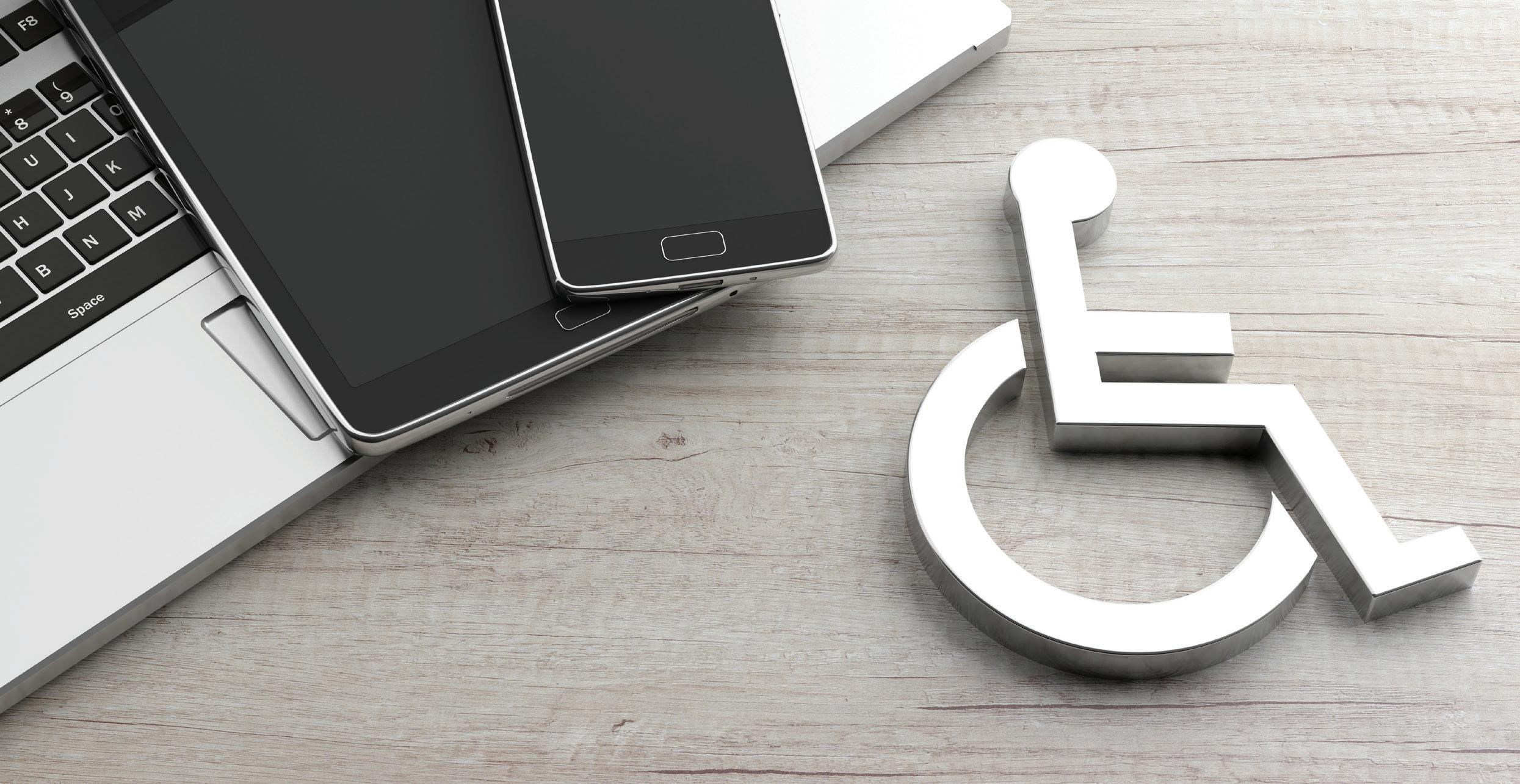FEATURED ARTICLE
Touch-free is the future of design, but what does that mean for accessibility? by Zip Heaters (Aust) Pty Ltd (a member of the Zip Industries Group) and Eric J Martin AM
T
he COVID-19 pandemic has spurred a wave of innovation, with a number of businesses pivoting to create touch-free equipment for shared commercial spaces, including office buildings, hospitals and aged care facilities, to reduce the risk of virus transmission.
One new contactless innovation that has carefully considered accessibility as part of the design process is the Zip HydroTap Touch-Free Wave, a contactless version of its flagship HydroTap system dispensing instant filtered boiling, chilled and sparkling water.
But what does this mean for accessibility? What about vision impaired people who rely so heavily on their use of touch? And what if sensors require users to stand to operate them, what does that mean for wheelchair users?
The product was developed when Zip Water identified that there was growing demand for contactless equipment to create COVID-safe workplaces. Research conducted by commercial fit-out specialists, Aston, found that a person will come into contact with 43 different touch points on an average workday. In addition, according to a global survey conducted last year by market researchers Qualtrics, 74% of people working remotely through COVID-19 wanted employers to focus on taking action to make them feel confident about returning to work. The design uses proprietary sensor technology detecting hand motions to operate the system within a range from 15mm to 50mm. Direct contact with the tap will not operate it. The safety lock for boiling water is also contactless, with a twin sensor activation command, so that boiling water is dispensed only when two of the four sensors are engaged, which can be done only through a very intentional hand motion.
34
THE MAGAZINE FOR THE ASSOCIATION OF CONSULTANTS IN ACCESS AUSTRALIA











